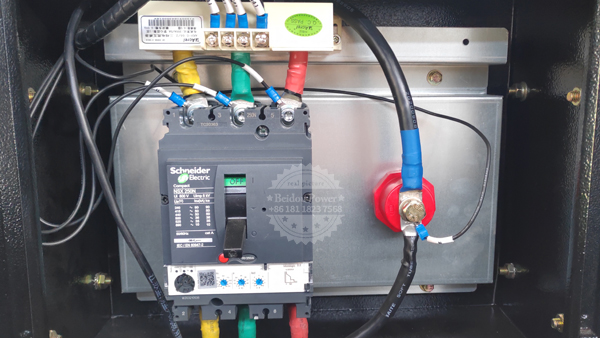In order to meet the requirements of diesel load, the fuel supply of fuel injection pump must be able to adjust in the range of maximum fuel supply (full load) to zero fuel supply (stop).
The adjustment of fuel supply is realized through the tooth rod and the rotating sleeve to make all the plungers of the fuel injection pump rotate at the same time.
When the plunger rotates, the oil supply start time is constant, and the oil supply end time is changed by the change in the position of the oil return hole of the plunger sleeve on the hypotenuse of the plunger. Depending on the Angle at which the plunger is rotated, the effective stroke of the plunger varies, and the amount of fuel supplied varies accordingly.
The greater the Angle of rotation of the plunger for no oil supply level 1, the greater the distance between the upper end face of the plunger and the hypotenuse of the oil return hole of the open plug sleeve, and the greater the oil supply. If the Angle of rotation of the plunger is smaller, the oil cut-off starts earlier and the oil supply is smaller. When the diesel engine stops, the oil must be cut off. For this purpose, the longitudinal groove on the plunger can be turned to the oil return hole directly opposite the plunger sleeve. At this time, in the whole plunger stroke, the fuel in the plunger sleeve has been through the longitudinal groove, oil return hole flow back to the oil channel, there is no oil pressure process, so the oil supply is equal to zero.
Therefore, when the plunger rotates, the time of changing the end point of the oil supply is used to adjust the oil supply. This method is called the oil supply end point regulation method.
Post time: Jan-12-2023

